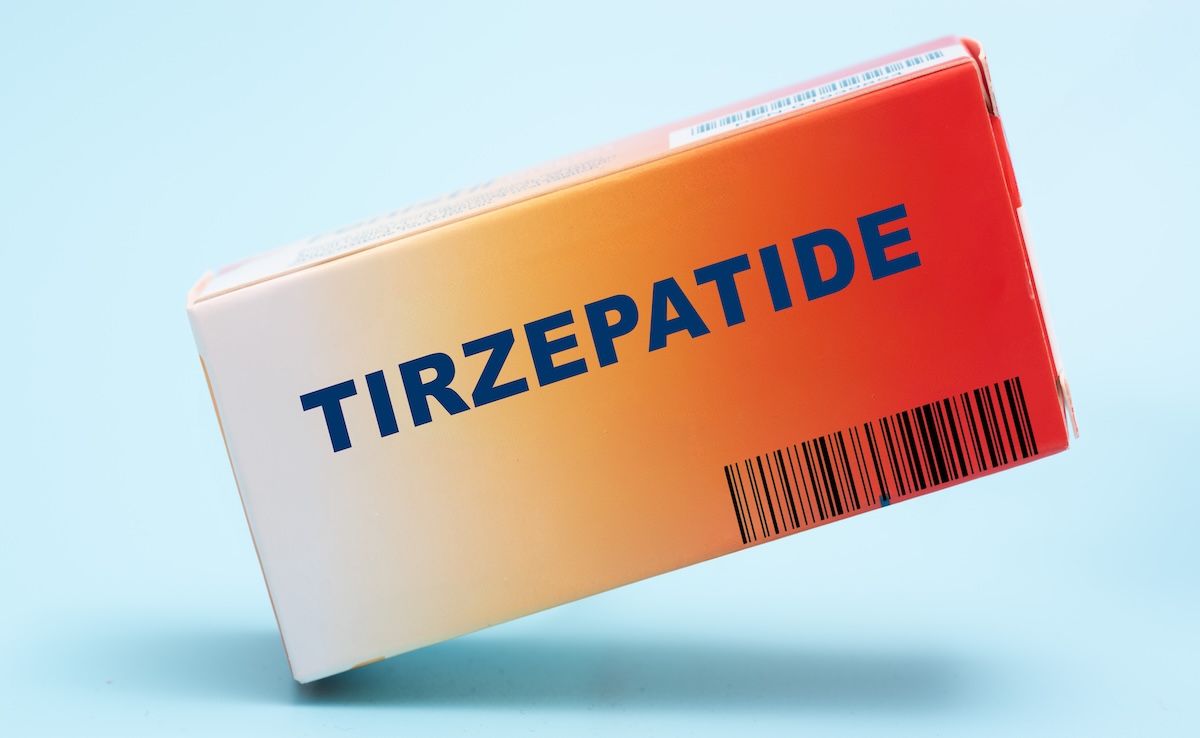News
Article
SPRINT Data Link Reduced Mortality, Total Physical Activity in High-Risk Hypertension
Author(s):
Study authors investigated the effect of physical activity as a modifiable risk factor among individuals living with high-risk hypertension in this subanalysis of data from the Systolic Blood Pressure Intervention Trial (SPRINT).
A 2-pronged reduced risk of cardiovascular (CV) events and all-cause mortality was seen among a cohort of patients with high-risk hypertension who participated in vigorous- or moderate-intensity physical activity (PA), according to data from SPRINT (Systolic Blood Pressure Intervention Trial)1 presented at the recent American Society for Preventive Cardiology’s Congress on CVD Prevention, held in Arlington, Texas, July 21-23.
Vigorous-intensity PA, defined via a self-administered SPRINT My Health questionnaire to be “activities that make you sweat, increase your heart rate, or increase your breathing), was categorized by frequency (1-3 times/month, 1 time/week, 2-4 times/week, 5-plus times/week), and participants placed in 2 groups: rarely or never and at least once per month. Moderate-intensity PA participants, too, were placed in 1 of 2 groups: fewer than 15 minutes/day or 15 or more minutes/day.1,2
“Engaging in PA is an important modifiable risk factor to improve health in hypertension,” the study authors wrote. “However, the association between PA and outcomes in high-risk hypertension remains understudied.”

The mean (SD) patient (n = 8320) age was 67.8 (9.3) years, and 65.1% were male patients. To be included in the randomized, controlled, open-label SPRINT, participants had the be at least 50 years old and have high risk of cardiovascular disease, hypertension (high blood pressure), and systolic blood pressure ranging from 130 to 180 mm Hg at enrollment.2 The CV events included in the primary outcome were myocardial infarction, other acute coronary syndromes, stroke, acute decompensated heart failure, and death from CV causes.
All-cause mortality occurred in 5.0% of participants (n = 619), CV events in 7.4% (n = 419), myocardial infarction in 2.9% (n = 238), heart failure in 2.0% (n = 168), stroke in 1.8% (n = 149), and CV mortality in 1.5% (n = 121). The median follow-up was 3.8 years, and during this time, the study authors determined that participating in vigorous PA 1 or more times each month or moderate PA of 15 or more minutes each day led to lower CV event rates.
For the primary outcome, risks were reduced by 19% (HR, 0.81; 95% CI, 0.67-0.97; P = .019) and 20% (HR, 0.80; 95% CI, 0.66-0.98; P = .030) in the vigorous PA and moderate PA groups, respectively. Risk of all-cause death was reduced by 26% (HR, 0.74, 95% CI, 0.59-0.91; P = .006) and 22% (HR, 0.78; 95% CI, 0.62-0.99; P = .045),
The following reduced risks were also seen:
- CV death:
- Vigorous PA: 15% (HR, 0.85; 95% CI, 0.56-1.29; P = .442)
- Moderate PA: 30% (HR, 0.70; 95% CI, 0.46-1.08; P = .110)
- Stroke:
- Vigorous PA: 4% (HR, 0.96; 95% CI, 0.67-1.43; P = .894)
- Moderate PA: 12% (HR, 0.88; 95% CI, 0.58-1.32; P = .530)
- Myocardial infarction:
- Vigorous PA: 30% (HR, 0.70; 95% CI, 0.53-0.94; P = .015)
- Moderate PA: 3.0% rise (HR, 10.3; 95% CI, 0.73-1.44; P = .889)
- Heart failure:
- Vigorous PA: 25% (HR, 0.75; 95% CI, 0.53-1.04; P = .083)
- Moderate PA: 14% (HR, 0.86; 95% CI, 0.59-1.26; P = .444)
“Further studies are required to identify the optimal volume and intensity of PA in high-risk hypertension,” the authors determined.
Still, they highlighted that their data show both moderate-intensity and vigorous-intensity PA are influential in reducing risk of CV events and vigorous PA only at reducing the risk of all-cause mortality.
Reference
1. Kazibwe R, Namutebi JH, Singleton MJ, et al. Effect of physical activity (PA) on clinical outcomes in high-risk hypertension: a post-hoc analysis of SPRINT. Presented at: ASPC Congress on CVD Prevention; July 21-23, 2023; Arlington, Texas. Poster 112.
2. Kazibwe R, Singleton MJ, Chevli PA, et al. Association between physical activity and clinical outcomes in high-risk hypertension: post-hoc analysis of SPRINT. Am J Prev Cardiol. Published online July 26, 2023. doi:10.1016/j.ajpc.2023.100524





